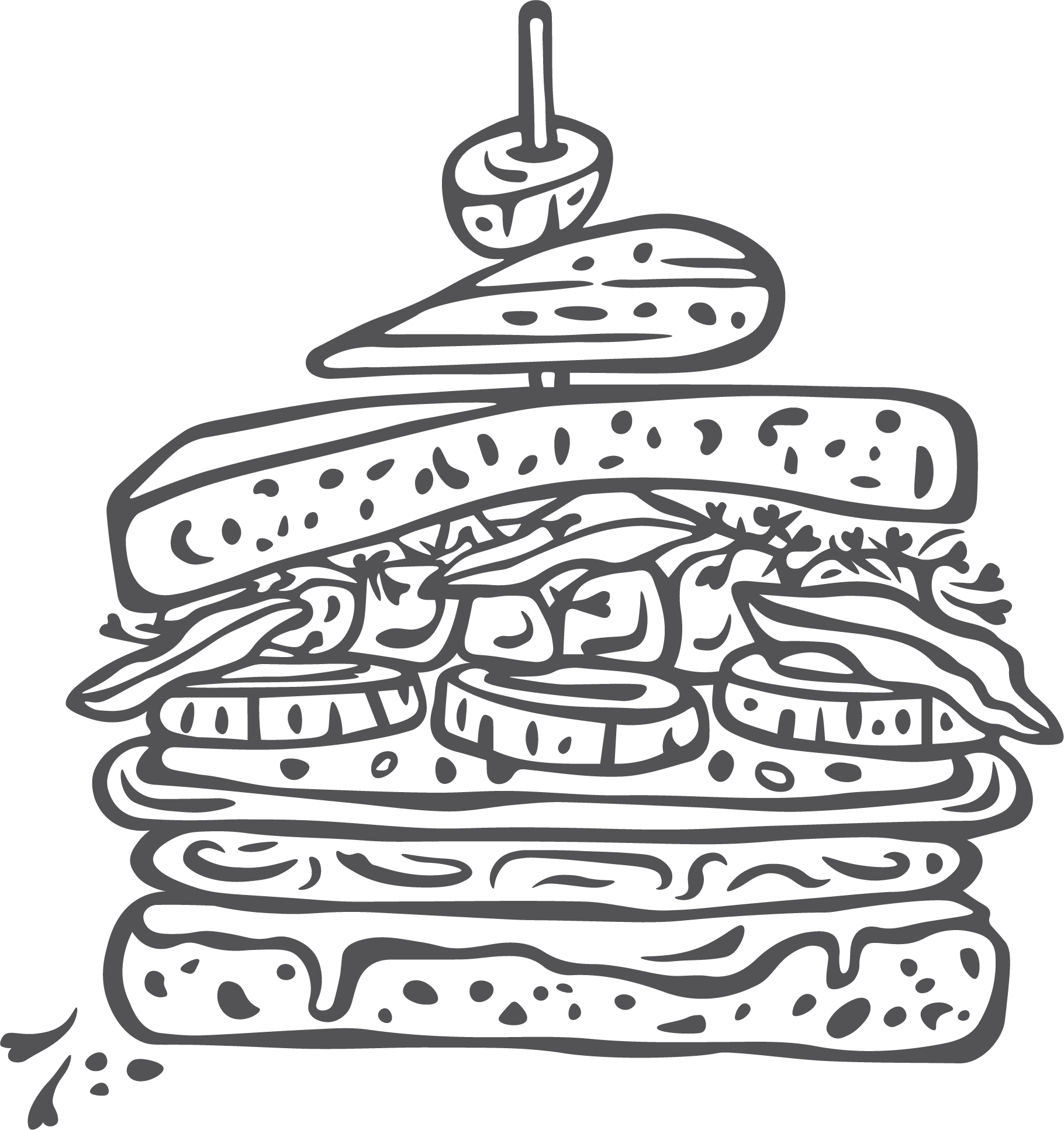

Grains remain fascinating to me, mostly because the possibilities are endless in terms of how to process and use them. Take for example: freekeh and freekeh recipes.
While the majority of grains we use are picked upon fully drying, wheat, mostly Durum, destined to become freekeh is picked while still green. As with bulgur, freekeh is a process rather than a specific grain. The freekeh process starts with picking formed but not dried wheat kernels. The heads of wheat are laid out and set fire to, burning away the chaff. Because the kernels still contain moisture, they resist the fire and take on a undertone of smokiness.
From there, the grains can be sold as whole berries but are more often than not processed as bulgur: cooked, dried, and cracked into varying coarseness.
I’ve had only one opportunity to taste freshly roasted and dried freekeh and it was another pivotal grain moment in my life. The bit of smokiness and grassy undertones from the green wheat expanded my awe in what all grains can do. At the time of writing this, I have plans to grow durum wheat during the summer to try my hand at the freekeh process.

Combine 1 cup cracked freekeh with 2 ½ cups water and a pinch of salt. Bring to a boil, reduce to a simmer, cover, and let cook for 18 to 20 minutes; just until most of the water in absorbed. Remove from heat and let sit for another 10 minutes. If you manage to find whole freekeh, cook as you would wheat berries. Bring water to a boil, add freekeh, and cook until tender but still slightly chewy; 40 to 50 minutes. Drain excess water and serve.
Because of its quick cooking time, freekeh is wonderful for putting lunch meals together. I typically use it on salads, alongside roasted vegetables, or as a substitute for rice. During the cooler months, I add freekeh to soups and stews.
Freekeh, whether the whole grain or cracked, is best stored in airtight containers in a cool place. Whole and cracked freekeh can be stored up to a year in the freezer or 6 months in the pantry.

